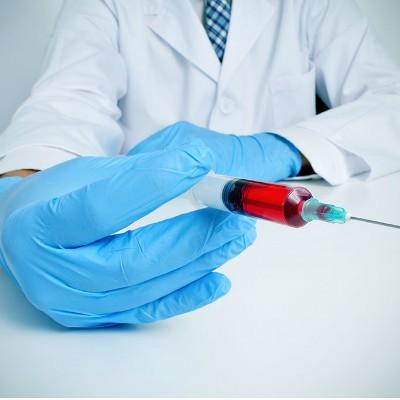What symptom does artery block or stenotic retinopathy have
summary
Retinal artery occlusion is an acute ophthalmopathy that causes severe visual loss. Occlusion from the common carotid artery to the retinal arterioles can cause different degrees of retinal ischemia. We generally classify retinal artery occlusion as acute retinal artery occlusion and chronic central retinal artery insufficiency. The former is usually due to embolic embolism and inflammation. Emboli can come from the carotid artery, aorta or heart. The latter usually has a long-term history of other diseases, such as carotid atherosclerosis or chronic obstruction caused by inflammation. What symptom does arterial obstruction or stenotic retinopathy have to tell everybody.
What symptom does artery block or stenotic retinopathy have
First, acute occlusion of retinal artery includes occlusion of central retinal artery, occlusion of branch retinal artery, occlusion of ciliary retinal artery and occlusion of anterior retinal capillary arteriole. In patients with central retinal artery occlusion, there will be sudden loss of vision, no pain, and direct light reflex delay.
Second: compared with the central artery occlusion, the symptoms of branch retinal artery occlusion should be mild, and the vision can be lost in different degrees. According to the different blood supply parts of branch retinal artery occlusion, the fixed shadow of a certain area will appear in the patient's field of vision.
Third: if the central retinal artery is chronically short of blood supply, the common cause exists for a long time. When the artery lumen obstruction reaches more than 90%, the patient will change to clinical symptoms. In the initial stage, the patient will have transient amaurosis for many times, followed by intermittent eye pain. In severe cases, vision will decline.
matters needing attention
For ophthalmic diseases, when there is eye pain or vision decline, it is best to take measures in time, go to the hospital for consultation and examination, determine the cause, and for the cause of treatment, to prevent the loss of vision.












